Uniqlo - Incheon Hang-dong Branch [Tax Refund Shop] (유니클로 인천항동)
12.4Km 2024-04-17
1F, 3, Sinpo-ro, Jung-gu, Incheon
-
Incheon Open Port Culture Night (인천개항장 문화유산 야행)
12.4Km 2024-07-18
80 Sinpo-ro 27beon-gil, Jung-gu, Incheon
+82-2-6961-5434
Incheon Open Port Culture Night focuses on the history, modern culture, and future of Incheon, the first international city in Korea with the opening of the port in 1883. Visitors can enjoy a journey into the past, reimagined in modern times through a wide range of experience programs.
Songwol-dong Fairy Tale Village (송월동 동화마을)
12.4Km 2024-12-02
38 Donghwamaeul-gil, Jung-gu, Incheon
Songwol-dong was named for its view of the moon between the pine forest. The opening of Incheon Port in 1883 led to the start of many foreigners coming into the area for settlement, and it turned into a rich village. However, young people gradually moved out, leaving the village in a state of stagnation. As such, a renovation project was brought about to improve the development of the village by decorating with murals and sculptures of classic fairy tales.
Lotte Mart – Yangpyeong Branch (롯데마트 서울 양평점)
12.4Km 2022-09-06
138, Seonyu-ro, Yeongdeungpo-gu, Seoul
+82-2-450-2500
The Yangpyeong branch is located in Yangpyeong-dong, Yeongdeungpo-gu and it has a total of 4 floors with two underground and two above. It is the first and only Lotte Mart with an urban forest theme on the first floor, which provides an atmosphere of nature in the city. The first floor also has restaurants and a resting area while the second floor has Toys”R”Us and Hi-Mart.
Lotte Mart - ToysRus Seoul Yangpyeong Branch [Tax Refund Shop] (롯데마트 토이저러스서울양평점)
12.4Km 2024-04-22
138, Seonyu-ro, Yeongdeungpo-gu, Seoul
-
Lotte Mart - Seoul Yangpyeong Branch [Tax Refund Shop] (롯데마트 서울양평점)
12.4Km 2024-04-22
138, Seonyu-ro, Yeongdeungpo-gu, Seoul
-
Incheon Japanese Street (인천일본풍거리)
12.4Km 2024-02-16
Gwandong 1(il)-ga, Jung-gu, Incheon
Incheon Japanese Street, established following the opening of Incheon and Jemulpo Ports in 1883, was home to the Japanese concession. It preserves several Japanese-style wooden houses and stone structures from that era. These wooden houses, designed in the distinctive style of Japanese architecture where a storefront is integrated into the residential building, have been renovated and are now serving as cafés and exhibition halls. Nearby, visitors can also explore Incheon Chinatown and the Gaehangjang (Open Port Area) Street.
Gaehangjang (Open Port Area) Street (개항장 거리)
12.4Km 2023-11-10
27 Jemullyang-ro 232beonan-gil, Jung-gu, Incheon
+82-32-760-6448
As the Incheon Port was opened in 1883, this is where one could feel the rich history and culture accumulated over 126 years. Formerly used by the Japanese consulate, the Jung-gu Office, the Incheon branch of Japan's 1st, 18th and 58th Bank and other modern historical architecture can be found intact here. Other historical remains like Former Japan Mail and Shipping Inc., Incheon Art Platform, Jemulpo Gurakbu, and more are also available for visitors to see at the Incheon Gaehangjang (Open Port Area). For those who are interested in learning more, a guided tour by an Incheon cultural tourism expert is available upon reservation.
Incheon Art Platform (인천아트플랫폼)
12.5Km 2019-03-18
3, Jemullyang-ro 218beon-gil, Jung-gu, Incheon
+82-32-760-1000
Incheon Art Platform is located in Haean-dong of Incheon known for its well-preserved architectural heritage sites and buildings that display both ancient and modern architecture. The complex was established through remodeling buildings constructed in the 1930s and 1940s, and by revamping such landmark buildings as Nippon Yusen Kaisah (Cultural Property No. 248) from the days when Korea first opened its doors to the outside world. The 13 buildings, including studios, library, training center, exhibition and performance halls, that make up Art Platform are expected to develop into a huge street museum in the future, thereby preserving the historical establishments, while displaying the modern interpretation of the past.
National Institute of Biological Resources (국립생물자원관)
12.5Km 2023-04-13
42, Hwangyeong-ro, Seo-gu, Incheon
+82-32-590-7000
Opened in October 2007, the National Institute of Biological Resources is the largest collection preservation facility in Northeast Asia. The institute collects, preserves, manages, and conducts research on biological resources with the aim of growing into a focal biological resource hub of Northeast Asia. The institute is comprised of a spine-shaped collections and research center and a leaf-shaped exhibition and education center. The exhibition hall has 3,905 specimens of 1,287 native species on display. Korea's diverse ecosystems are recreated as highly detailed dioramas at the exhibition hall. A small restaurant is located inside the research center, and the extensive grass field in front of the institute provides an ideal picnic spot.
![Uniqlo - Incheon Hang-dong Branch [Tax Refund Shop] (유니클로 인천항동)](http://tong.visitkorea.or.kr/cms/resource/64/2882764_image2_1.jpg)
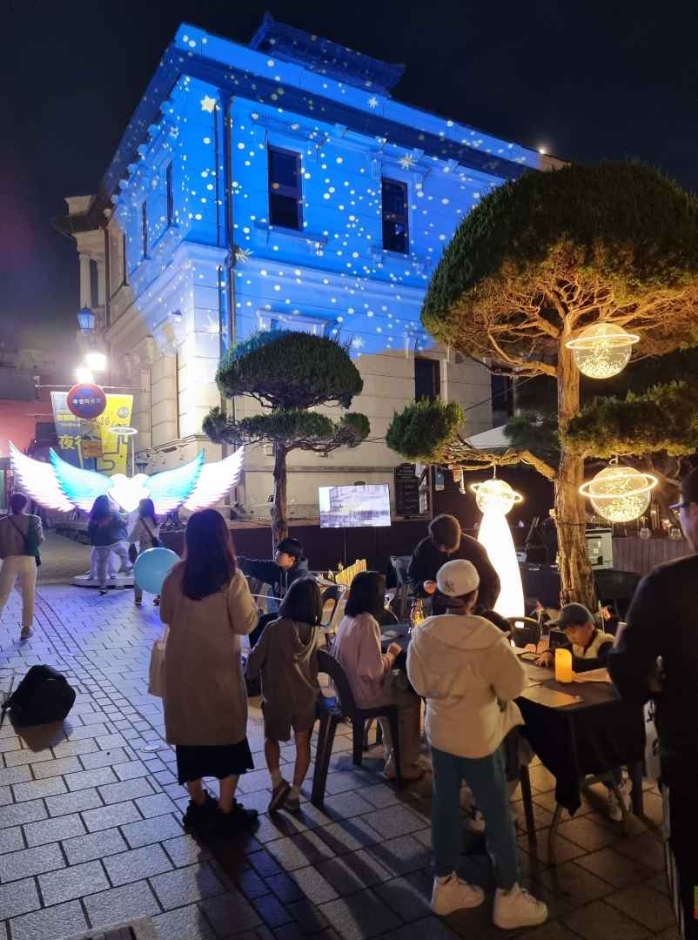

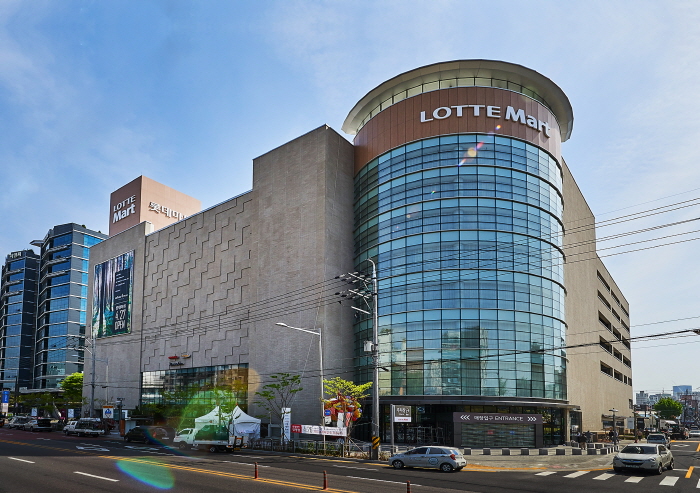
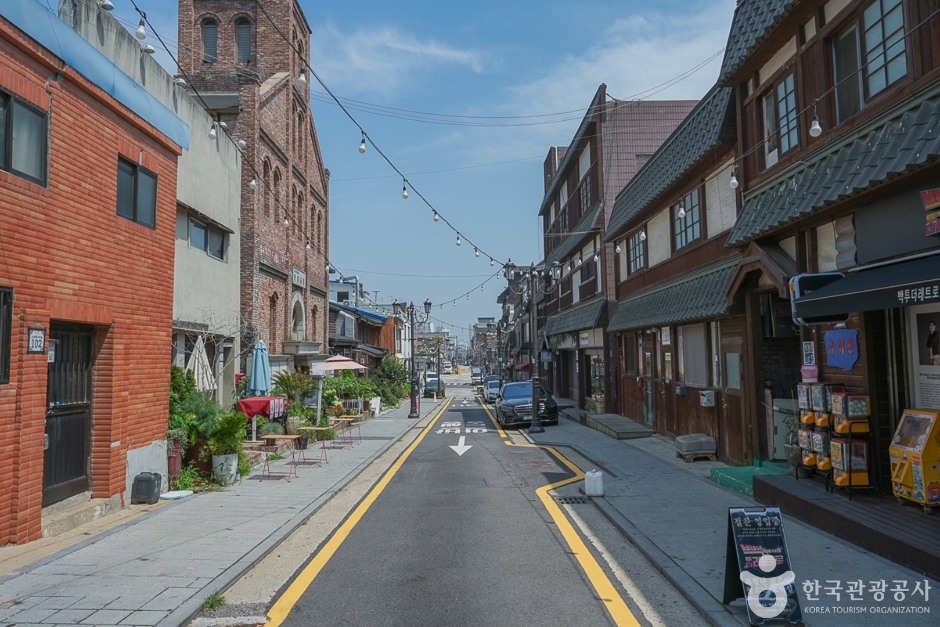
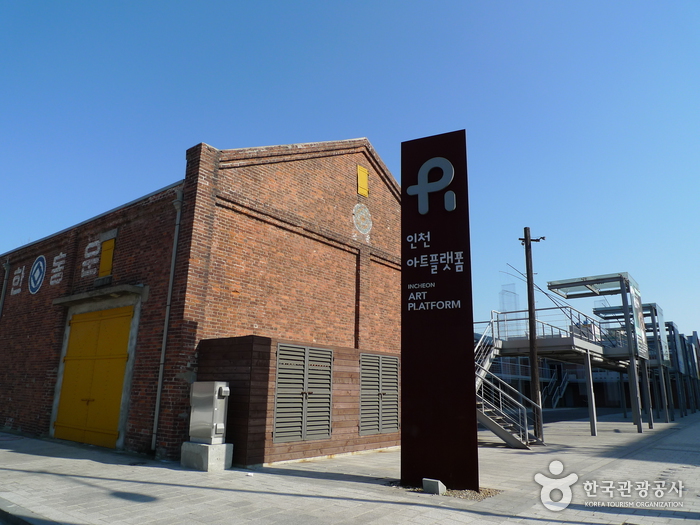
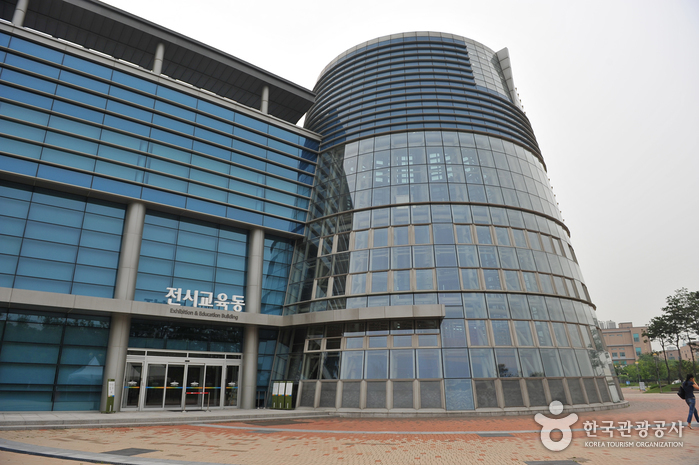
 English
English
 한국어
한국어 日本語
日本語 中文(简体)
中文(简体) Deutsch
Deutsch Français
Français Español
Español Русский
Русский